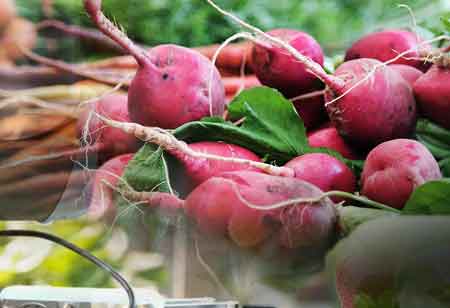Thank you for Subscribing to Food Business Review Weekly Brief
- Home
- Topics
- Alternative Proteins and Plant Based Food
- Beer and Wine
- Canned Beverages
- Coffee And Tea
- Food and Beverage Consulting
- Food and Beverage Financial Service
- Food And Beverages Marketing
- Food Distributors
- Food Ingredients
- Food Sustainability
- Plant Based Food and Beverages
- Seafood Suppliers
- Supplement Manufacturing
- Wine Investment
- News
- Vendor Viewpoint
- CXO Insights
- Conferences
- Newsletter
- CXO Awards
-
Demystifying the Flour Milling Process
The flour milling process consists of several essential steps, each contributing significantly to the production of flour that meets specific characteristics and functional requirements

By
Food Business Review | Thursday, February 20, 2025
Stay ahead of the industry with exclusive feature stories on the top companies, expert insights and the latest news delivered straight to your inbox. Subscribe today.

The flour milling process consists of several essential steps, each contributing significantly to the production of flour that meets specific characteristics and functional requirements. By adopting contemporary technologies and innovations within the industry, flour millers consistently provide consumers around the globe with safe, nutritious, and versatile flour products.
Fremont, CA: Flour milling is essential in producing flour that is integral to our everyday consumption. Both consumers and professionals in the food industry must comprehend the contemporary methods employed in flour milling.
Steps of the Flour Milling Process
The milling process involves specific steps. They may include:
Cleaning:
Cleaning is the first step in the process and is crucial in ensuring that the end product is of high quality. The grains are cleaned thoroughly, removing all the dirt and other unwanted particles.
The grains are subjected to a subsequent cleaning phase called scouring, which follows the preliminary cleaning. This process entails friction of the grains against one another to eliminate any residual impurities or surface contaminants. This step is essential for attaining a high degree of cleanliness and purity in the grains before advancing to the next phase of the milling process.
Tempering and Conditioning:
Once the grains have been meticulously cleaned, they proceed to the subsequent phase of the flour milling process, which encompasses tempering and conditioning.
Tempering entails introducing moisture to the grains, enhancing their pliability and facilitating the milling process. This step is crucial for attaining superior flour quality and uniformity. Following tempering, conditioning occurs, allowing the grains to rest and evenly absorb moisture, promoting consistency throughout the milling operation.
Gristing:
The process involves breaking the grains into small particles, which are then converted into flour. This process is generally accomplished by employing roller mills, which grind the grains and segregate the bran from the endosperm and germ.
The gristing phase plays a vital role in establishing the flour quality, as it influences both the particle size and distribution, subsequently affecting the flour's functionality and effectiveness across various applications.
Separating:
This phase entails dividing the distinct elements of the grist, including the endosperm, bran particles, and germ. This separation is essential for producing various flour types with differing amounts of bran and germ. Additionally, it facilitates the extraction of valuable by-products, such as wheat germ oil, for nutritional and industrial purposes.
Milling:
Milling encompasses the additional grinding and refinement of the endosperm to yield fine flour particles. This process is accomplished through a sequence of reduction rolls that systematically decrease the particle size of the endosperm. The milling phase is essential in influencing the quality and usability of the flour, as it impacts aspects such as gluten formation, baking efficacy, and shelf stability.
Blending:
The concluding phase of the flour milling process is blending. This stage entails combining various flours and additional ingredients to formulate tailored blends that fulfill specific criteria. It provides flour millers with the opportunity to create an extensive array of flours with distinct attributes, including protein levels, gluten strength, and color.






